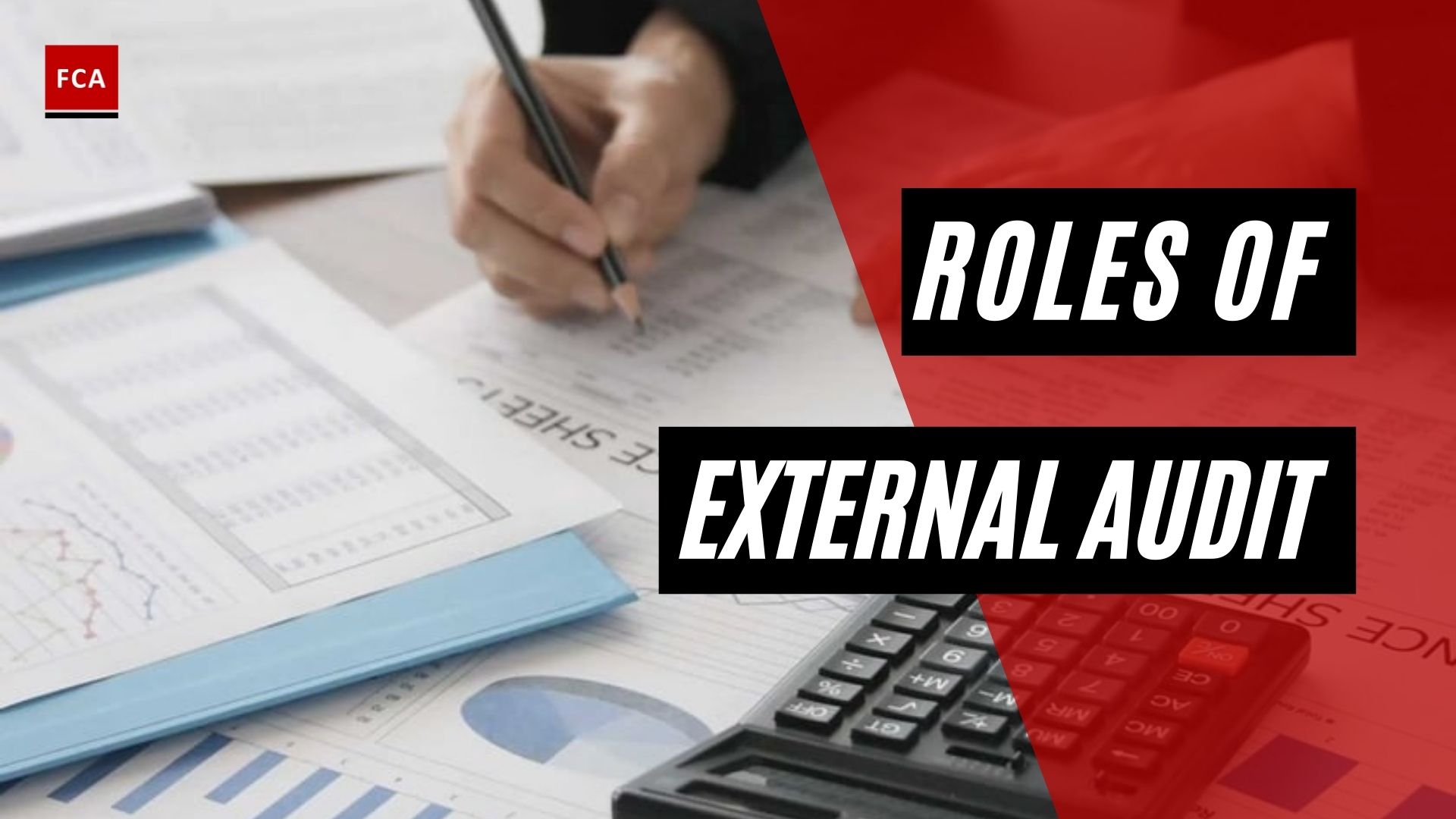The multilevel threat of fraud highlights the pervasive nature of unethical practices, not confined to any specific stratum of an organization, but potentially permeating from the boardroom right down to the middle management.
Profile of a fraudster often spans across different hierarchical levels within an organization, revealing that fraudulent behavior is not exclusively a middle or lower management issue, but could emanate from the top echelons, including the board of directors and senior management, who wield significant influence over the company’s operations and culture.

The Multilevel Threat of Fraud
Fraudsters may be from the senior management of the company or the board of directors (BoD). The board of directors is the tone from the top and works as agents for the company’s shareholders. They report to the shareholders, and their ultimate objective is to maximize the shareholder’s wealth. They work for salaries and therefore are employees of the company or organizations. Exceptions are also there where board members may be non-executive directors who are not salaried individuals. These non-executive directors are part of the board to maintain independence.
Senior management is the departmental heads hired by the board of directors to run the company’s daily business affairs and operations. Senior management develops policies and processes on the recommendations and directions of the board of directors.
The Greatest Risk Lies At The Top
The weak governance structure or the board of directors is considered one of the key reasons why frauds occur in organizations. The board of directors sets the tone from the top. They are responsible for hiring a suitable and experienced team of professionals as a management team to run the company’s business affairs daily.
There may be a possibility that the board of directors comprises a strong team of professionals, but they are corrupt. It happens when all the board members are from a similar family or have strong relationships with each other outside the business activities. They develop processes and policies so that it becomes easier to induce the management or employees to work for them and provide them direct and indirect financial benefits. In such cases, the management also gets various indirect incentives from the board to perform the desired work per the board’s directions.
The corrupt board of a company requires all the employees, including senior management, to work according to the board’s wish. When an employee or member of the management denies or works in contradiction of the directions from the board, such employee is either fired or threatened to be fired from the company.
The code of corporate governance framework is implemented in organizations to manage the risk of an inappropriate or corrupt board, which contains various key elements to ensure the board of directors and overall governance structure of the company is robust and transparent.

The Squeezed Middle And The Fraudster’s Department
Middle management in a company or an organization comprises the employees who supervise the lower management to perform daily routine work. Middle management employees are senior managers or managers who are mainly responsible for ensuring that policies and procedures developed by senior management and approved by the board of directors are complied with in letter and spirit by the lower management.
Middle management’s appraisal depends on the performance of the proposed directions in the form of policies and procedures. There may be situations when the senior management pressurizes the middle management to achieve the unachievable targets. Such undue demands cause the middle management to manipulate the resources available and convert them or use them to meet their targets.
For example, in a large company or an organization with huge financial targets, the middle management may start selling the fixed assets and use the cash proceeds or funds to achieve the targets through bribery
Further, the middle management may form a cartel or group where they start manipulating the financial records and transactions in such a way that an audit trail is also created to show the senior management a broader picture, where everything is seen as moving on the target track. Middle employees may also do this because they fear losing their jobs.
Final Thoughts
The scope of fraud within an organization is far-reaching and can emanate from any level of the hierarchy. It’s essential to recognize that the most significant risk often lies at the top, where a corrupt board of directors can manipulate policies and operations for their benefit, potentially coercing employees into fraudulent activities. However, the middle management layer, under pressure to meet unrealistic targets, may resort to asset manipulation or financial record tampering.
The key to mitigating these risks lies in strong corporate governance frameworks, transparent operations, and cultivating a culture of integrity throughout the organization. Furthermore, organizations should promote open channels of communication, which encourage employees to report unethical behaviors without fear of retribution. These measures can help deter fraudulent activities and foster a healthier work environment.








